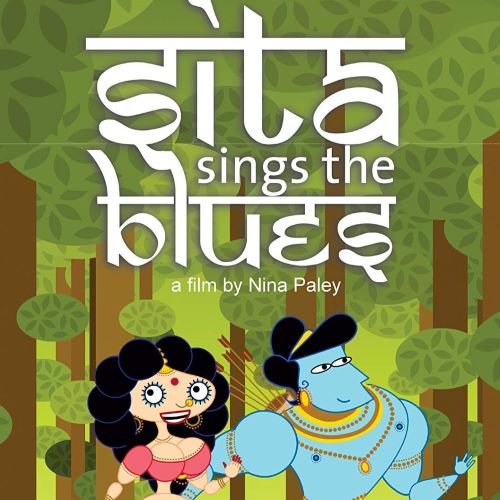Urduja (2008)
| Description | |
|---|---|
| Country of Origin | Philippines |
| Language | Tagalog |
| Genre | Animated |
| Cast | Regine Velasquez-Alcasid, Cesar Montano, Eddie Garcia, Johnny Delgado, Jay Manalo |
| Directed by | Reggie Entienza |

The 2008 animated film Urduja stands out as one of the first major animated features from the Philippines, blending history, folklore, and myth into a visually engaging story. At its core, the movie revolves around Princess Urduja, a legendary warrior-princess of Pangasinan, who is often regarded as a mythical figure in Philippine culture. While historians still debate the historical existence of Urduja, her image has endured through oral traditions and written accounts, particularly in the works of travelers and chroniclers. The film embraces these mythological aspects, portraying her not only as a princess but also as a fierce warrior whose story carries the spirit of Filipino identity.
From the very beginning, Urduja brings to life the grandeur of pre-colonial Philippine societies. The animation highlights the lush landscapes, detailed attire, and weapons that reflect indigenous artistry, but what truly stands out is how the movie elevates Urduja into a near-mythical heroine. She is depicted as a warrior with unmatched bravery, echoing the larger-than-life qualities often found in myths. Her strength, wisdom, and sense of leadership set her apart, aligning her with the archetype of powerful female figures in world mythology, such as Athena or Durga. Through these mythological parallels, the film frames Urduja not just as a historical possibility but as a cultural legend whose story transcends time.
The inclusion of mythological undertones is not accidental. In the film, Urduja’s connection to her people, her role as protector, and her defiance against external threats all contribute to her being seen as more than human. She embodies ideals of courage and resilience, turning her into a mythic symbol of strength. The conflicts she faces—whether in love, loyalty, or warfare—mirror the epic struggles that heroes in mythology often undergo. By blending romance and warfare with folklore, the film reaffirms her legendary status in Filipino consciousness.
Another fascinating element is how Urduja weaves myth into cultural authenticity. The film reflects on the indigenous belief systems that valued warriors, ancestors, and nature. Even if the movie doesn’t dive deeply into pre-colonial spirituality, the atmosphere and symbolism carry echoes of mythological storytelling. Urduja’s character can be viewed as a semi-divine protector, a figure whose existence lies between history and myth. This makes her story resonate on a level that is both inspirational and timeless, keeping her legend alive for future generations.
Overall, Urduja (2008) is more than just an animated film—it is a cultural celebration. By highlighting the mythological aspects of Princess Urduja, the movie turns her into an enduring symbol of Filipino heritage. While the animation may not match the technical polish of international studios, its heart lies in retelling a story that blends myth and history, reminding viewers that legends like Urduja continue to shape national identity. For anyone interested in Philippine mythology and folklore, Urduja offers a vibrant glimpse into a legend that deserves to be remembered.





